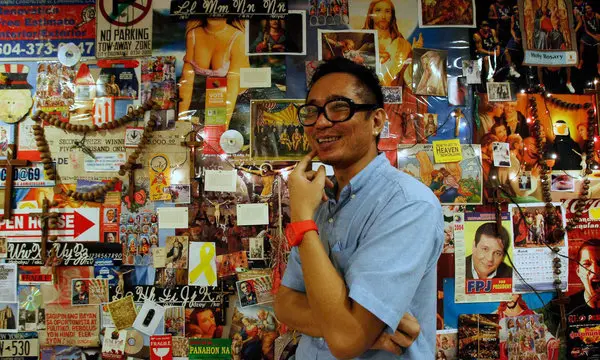In a world that is continuously captivated by western influences, there remains a treasure trove of richness and diversity to be discovered in the East. One such treasure is the Philippines art and culture, a beautiful blend of indigenous traditions, Spanish influence, and contemporary themes that reflect the nation’s history, spirit, and evolving identity. Unveiling this hidden gem offers a mesmerizing journey into a vibrant, colorful, and deeply rooted cultural heritage that has remarkably endured the tides of time.
The Historical Significance of Philippines Art
The art and culture of the Philippines are deeply rooted in its historical narrative, serving as a vivid timeline from pre-colonial times to modern day. From weaving, pottery, and tattooing prevalent in prehistoric eras to the undeniable Spanish imprint on Filipino art forms during their 300-year reign, the evolution of Filipino artistry is compelling. Present day Philippines retains evidence of this historical journey in its infrastructure, traditional clothing, and local artistry. Each piece of art, each architectural structure, each piece of clothing holds a resilient narrative of national identity, showcasing the nation’s incredible journey through time.
Traditional Folk Art: A Testament to the Filipino Spirit
Filipino folk art, one of the best embodiments of Philippines art culture, is a testament to the resilient Filipino spirit. Iconic folk dances such as Tinikling and Singkil illustrate this, marked by their complex footwork and elegance. The captivating folk music, with the pulsating beat of indigenous instruments, weaves a melody that is distinctly Filipino. Folk paintings, including the vibrantly painted jeepneys and the indigenous geometric designs, are further testament to Filipino creativity. These artworks provide a window into the daily life, beliefs, and dreams of the Filipino people, displaying a rich tapestry of their collective identity.
The Influence of Religion on Philippine Art and Culture
Religion, particularly Roman Catholicism, plays a significant role in shaping Philippines art and culture. This religious influence is manifested in multiple facets such as magnificent churches, detailed religious sculptures, and lively religious celebrations like Ati-Atihan and Sinulog. The intricately designed Santos, or religious statues of saints, along with the revered Black Nazarene, stand as testament to Filipino artistry and devoutness. This amalgamation of faith and creativity showcases a distinctive aspect of the cultural panorama in the Philippines, serving as a reflection of the deep-seated spiritual beliefs of the people.
Contemporary Art Scene in the Philippines
The current Philippine art scene is a dynamic platform constantly changing and adapting to express and innovate. It captures the heartbeat of the nation, tackling relevant social issues, politics, and identity explorations. Artists such as Ronald Ventura and Benedicto Cabrera have created impactful works that have garnered attention in the global art arena. With an ever-growing presence of galleries, art fairs, and urban street art, the contemporary scene magnifies the unique Filipino artistry and the diverse talents of its artists. This vibrant scene illustrates the continuing evolution of the Philippines’ art and culture in the modern era.
Famous Philippines Art and Culture Icons
Several individuals have personified and contributed significantly to the Philippines’ rich art and culture. Among them, the renowned artist Fernando Amorsolo, known as the “Grand Old Man of Philippine Art”, stands out for his vivid depictions of rural landscapes and genre scenes. Another influential figure is national hero Jose Rizal, a polymath who expressed his nationalism through his written and sculptural works, which still inspire today’s artists. In the performing arts, the multi-awarded Lea Salonga, an acclaimed singer and actress, serves as a cultural ambassador, representing Filipino talent on international stages. These icons not only highlight the depth and breadth of Filipino talent but also continue to shape and inspire the evolution of Philippine art and culture.
Preserving and Promoting Philippines Art and Culture
The guardianship and enhancement of the Philippines’ artistic and cultural legacy is a perpetual endeavor. Several establishments, including the Cultural Center of the Philippines, the National Museum, and the National Commission for Culture and the Arts, lead this initiative. They host a variety of events such as exhibits, cultural festivities, workshops, and performances to display and cultivate admiration for Filipino heritage. Concurrently, operations like the Save Our Schools Network strive to conserve indigenous art forms, securing their passage to forthcoming generations. This ongoing commitment ensures the Philippines’ artistic and cultural heritage remains vibrant and relevant, engaging and inspiring both locals and visitors alike.

